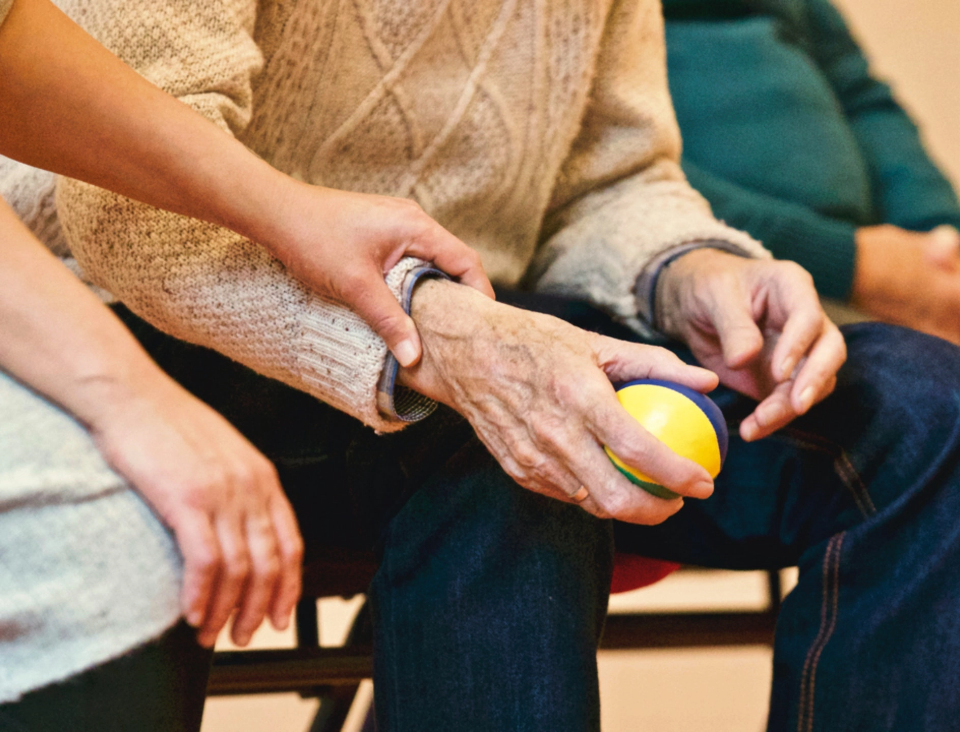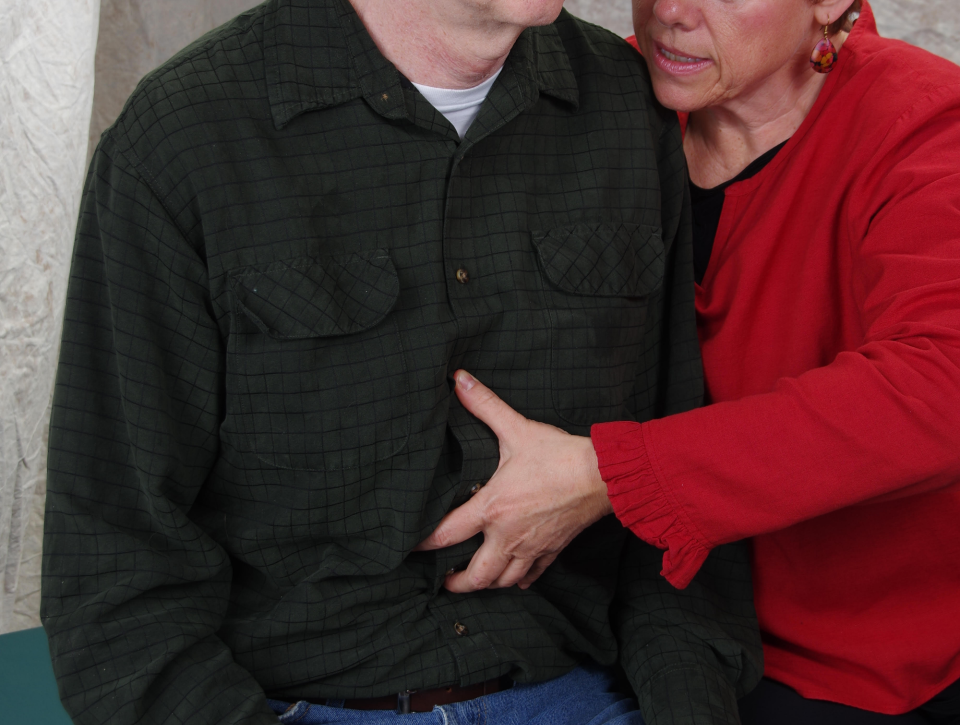Physical Therapy Pain Management and Fascial Counterstrain
Physical Therapy
- Does pain restrict your movements?
- Have you suffered an injury that is keeping you from doing what you love?
- Do you have chronic pain that nothing seems to help?
Physical therapy pain management can help you recover more quickly.
We treat the source of the pain, bringing more profound and long-lasting relief and recovery.
You have a diagnosis, but it is not the source of your pain. At Montgomery Somatics, we offer physical therapy services that incorporate advanced thinking and evidence-based solutions and interventions. The body’s connective tissue or fascia is under the nervous system’s control. This means that minor, severe, or multiple injuries, as well as inefficient movement patterns, can seriously affect our overall health and functioning.
If you are tired of being in pain, please contact us today so we can discuss your physical therapy pain management needs and come up with a treatment plan to get you moving again.


Fascial Counterstrain
Every tissue (nerve, muscle, ligament, tendon, and fascia), vessel (artery, vein, and lymphatic), and organ in the human body has the potential to produce an active spasm and pain as a natural and protective response to injury or the threat of injury.
Chronic and unresolved areas of trapped inflammation result in persistent and widespread tender points reflecting the held spasm in the injured tissue. Over time, this reflexive spasm eventually alters our movement patterns creating inefficient movement, pain, and dysfunction.
FCS aims to produce therapeutic release to address persistent pain and discomfort through hands-on techniques, including body positioning and gentle compression of strained structures within the body.
As the name implies, Fascial Counterstrain applies pressure against strained structures to quickly relax or inhibit the reflex, thereby allowing the trapped inflammatory chemical to move, restoring the natural lymphatic flow within the affected tissues.
Are you interested in learning more about this effective treatment? Contact us today.
Our Latest Blogs
Is the Feldenkrais Method® Right for You? How It Differs from Traditional Physical Therapy
When it comes to movement therapies, the Feldenkrais Method® stands out as one of the most...
Why Traditional Pain Relief Methods Don’t Work for Everyone and How Somatic Therapies Fill the Gap
Pain is a universal experience, yet how it manifests and affects each person is deeply individual....
Mindful Movement Tips for Holiday Gatherings: Staying Comfortable and Pain-Free
The holiday season is a time of joy and togetherness, but it can also bring physical challenges....
Any questions?
Fill out the form below and we’ll get back to you as soon as we can.
Sign up for our newsletter.
Sign up for wellness and movement tips and upcoming events.



